Art of The Byzantine Empire
Goood morning history lovers!!! Today I will be talking about some of the beautiful artworks of the byzantine empire. The artwork was characterized by a precense of a lot of gold, showing the great wealth of the Byzantine empire.
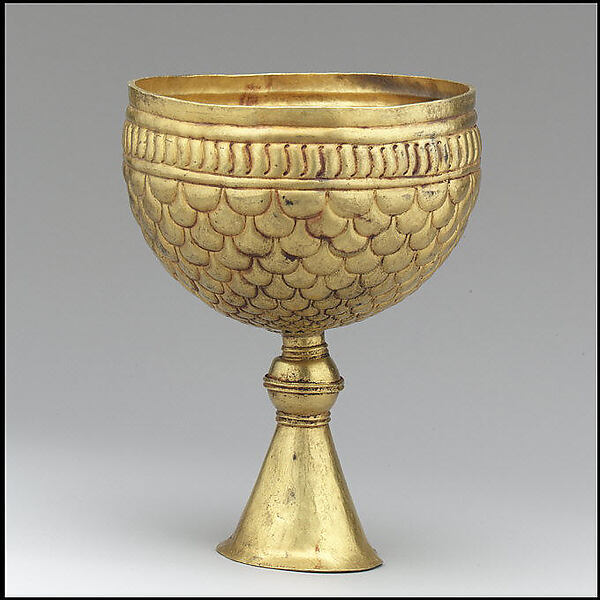
This is a picture of a goblet from the Byzantine period. The goblet is made of pure gold from that time period. The goblet shows a lot of detail which shows how skilled this metalworkers were. The abundant gold of this goblet shows how wealthy this empire was. The goblet is one of the best examples of handcrafts of this marvellous empire.
The Metropolitan Museum of Art. 2000-2012. http://www.metmuseum.org/collections/search-the-collections?ft=byzantine&noqs=true
This is the end of a belt made of pure gold which shows some usage. It is believed to have been worned by an Avar, which were people who had close relationships with the Byzantines. The Avars protected the Byzantine borders and the Byzantine people payed them with gold and gold artifacts
like this.
The Metropolitan Museum of Art. 2000-2012. http://www.metmuseum.org/collections/search-the-collections?ft=byzantine&noqs=true
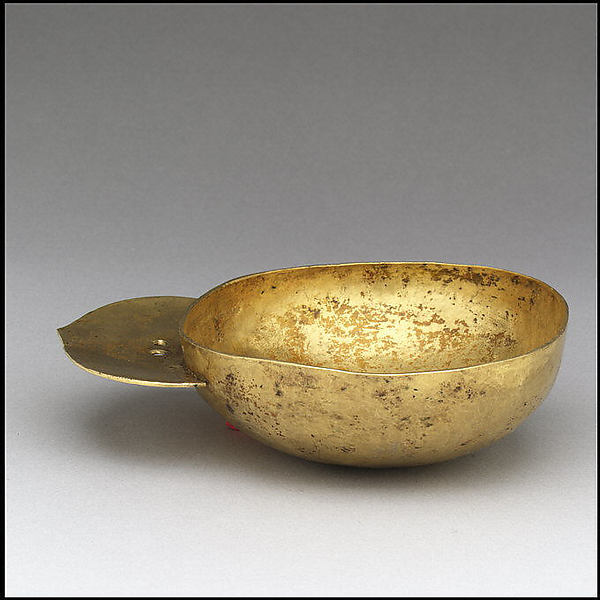
This is a picture of a drinking bowl made of pure gold. This was also foud in the region of the Avars and was believed to be made by Avar blacksmiths trying to immitate Byzantine artwork like this artifacts.
The Metropolitan Museum of Art. 2000-2012. http://www.metmuseum.org/collections/search-the-collections?ft=byzantine&noqs=true
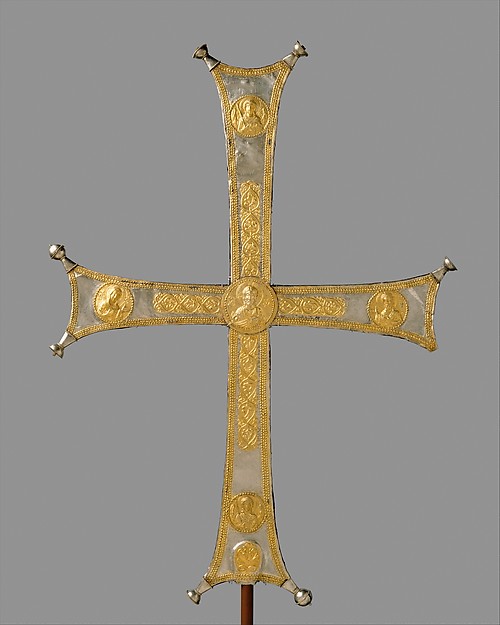
This picture shows a golden cross used for processions. In it the faces of Christ, John the Baptist, the Virgin Mary and the archangles Michael and Gabriel can be seen, showing how their art was so closely tied to religion.
The Metropolitan Museum of Art. 2000-2012. http://www.metmuseum.org/collections/search-the-collections?ft=byzantine&noqs=true
This golden bracelet was found near Egypt, and is believed to have been worn by the higher, and elite class of the egyptians. This shows the close connection of Egypt to the Byzantine empire and its wealth.
The Metropolitan Museum of Art. 2000-2012. http://www.metmuseum.org/collections/search-the-collections?ft=byzantine&noqs=true
This is a coin from the Byzantine empire showing Justinian's face, he was the first emperor to have a completely frontal pose, which was later adopted by later Byzantine emperors. He used coin to pay soliders and workers and received coins as taxes.
The Metropolitan Museum of Art. 2000-2012. http://www.metmuseum.org/collections/search-the-collections?ft=byzantine&noqs=true
This beautiful necklace from the 6th centruy belonging to the Byzantine shows a detailed pendant of a cross made completely of gold. Crosess like this started appearing abundantly in the Byzantine empire after christianity became the main religion of the empire.
The Metropolitan Museum of Art. 2000-2012. http://www.metmuseum.org/collections/search-the-collections?ft=byzantine&noqs=true

The Metropolitan Museum of Art. 2000-2012. http://www.metmuseum.org/collections/search-the-collections?ft=byzantine&noqs=true

This picture shows a copper scale with its wooden box. It is believed that the scales were used to measure money and other lightweight valuable objects in the Byzatine empire. The box was used to protect and carry the balance.
The Metropolitan Museum of Art. 2000-2012. http://www.metmuseum.org/collections/search-the-collections?ft=byzantine&noqs=true
This ring of pure gold shows another picture relating to the major religion in the Byzantine empire, Christianity. It shows the image of the Virgin Mary holding baby Jesus. This images were believed to protect those who wore them, help in prayers and help perform miracles.
The Metropolitan Museum of Art. 2000-2012. http://www.metmuseum.org/collections/search-the-collections?ft=byzantine&noqs=true
The Metropolitan Museum of Art. 2000-2012. http://www.metmuseum.org/collections/search-the-collections?ft=byzantine&noqs=true
"Holt McDougal Online." Holt McDougal Online. Holt, n.d. Web. 25 Jan. 2013. <http://my.hrw.com/tabnav/controller.jsp?isbn=0030667186>

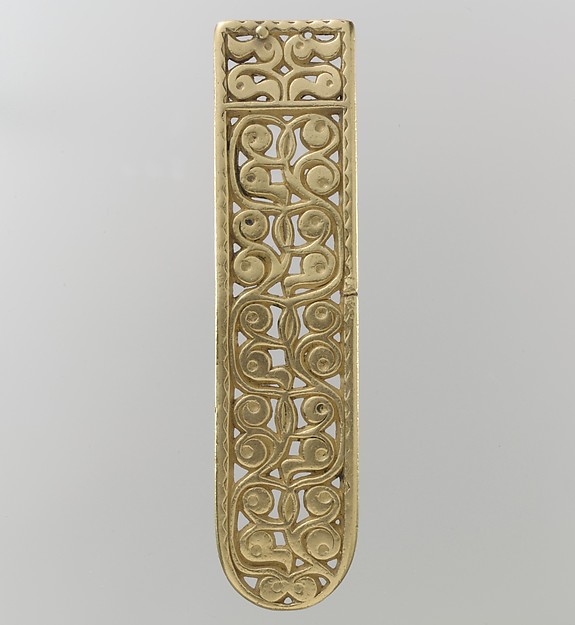


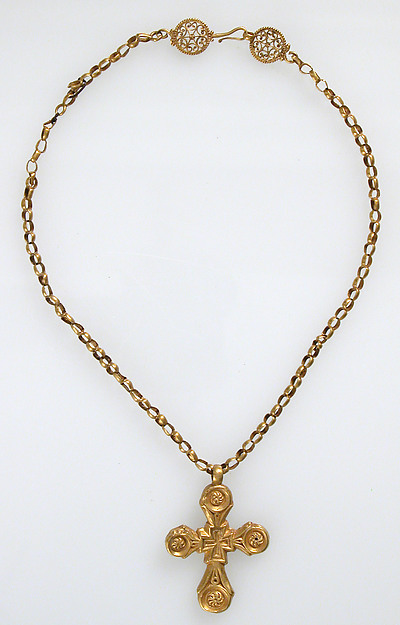



No hay comentarios:
Publicar un comentario